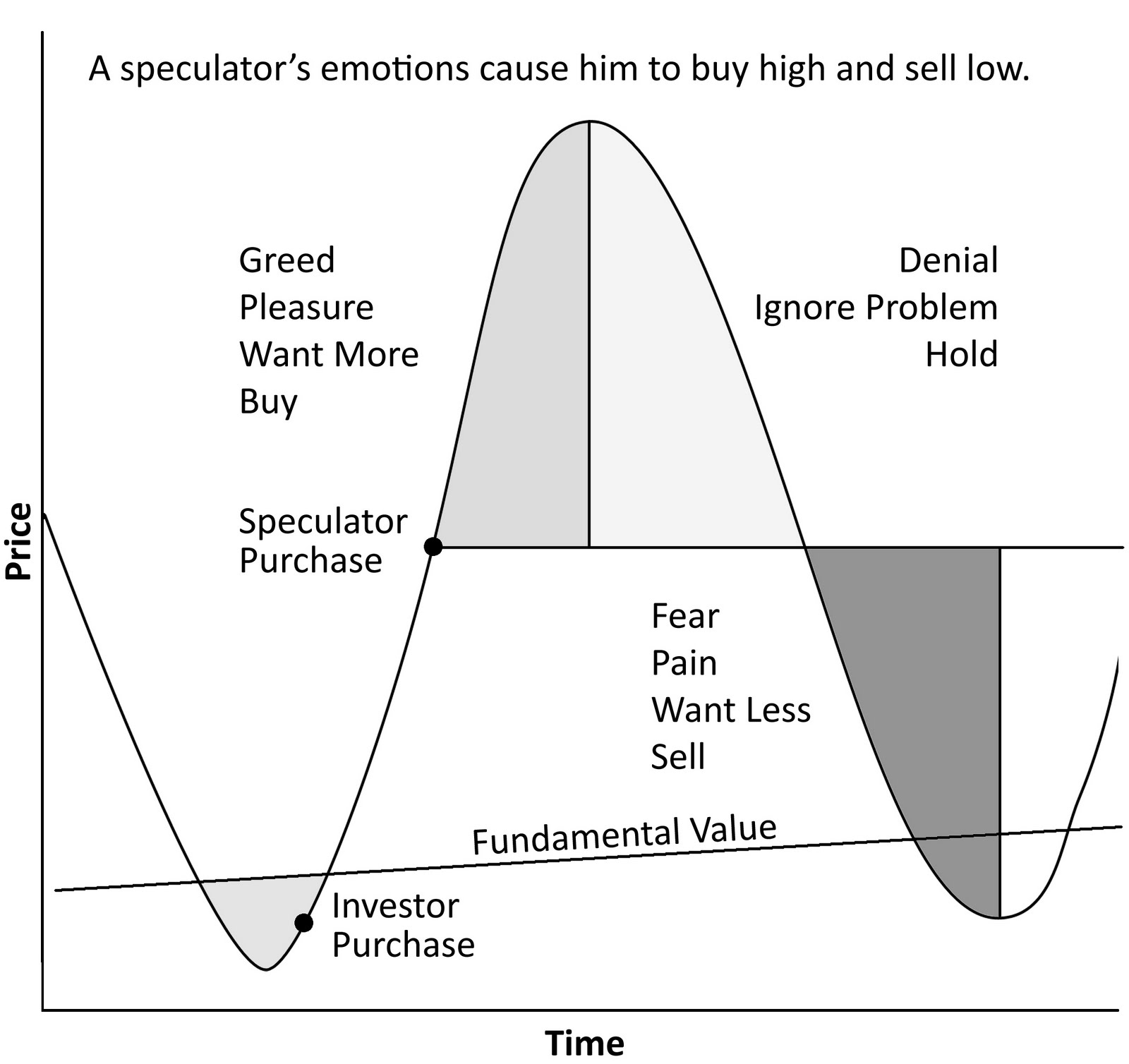 The accompanying comments were inspired from Brad Gilbert‘s book, Winning Ugly, which was written about tennis. There are many parallels between tennis and trading, both being individual performance disciplines.
The accompanying comments were inspired from Brad Gilbert‘s book, Winning Ugly, which was written about tennis. There are many parallels between tennis and trading, both being individual performance disciplines.
And on that last note, remember that ATTITUDE is everything. How you frame out an individual experience or event will affect your success in the long run. Do you see a trading loss or bad drawdown period as a major setback, or do you see it as a learning experience from which you can figure out how to be on the RIGHT
The accompanying comments (see sidebar) were inspired from Brad Gilbert‘s book, Winning Ugly, which was written about tennis. There are many parallels between tennis and trading, both being individual performance disciplines.
And on that last note, remember that ATTITUDE is everything. How you frame out an individual experience or event will affect your success in the long run. Do you see a trading loss or bad drawdown period as a major setback, or do you see it as a learning experience from which you can figure out how to be on the RIGHT
● Desire. The most successful players are the ones who have a burning desire to win.
● Defy Failure! Don’t check out of the game. Never give up!
● Consistency. Improve your consistency. Stay active, stay involved, and keep your feet moving.
● Patience. Be patient. Do not force a trade that isn’t there. Wait for the play to set up.
● Management. When you get a good trade, go for it.
Manage it. Trail a stop. Don’t be too eager to get out.
● Flexibility. Be flexible – if what you are doing isn’t working, change what you are doing!
● Confidence. When down, get a little rhythm and confidence going. Don’t worry about being too ambitious.
● Concentration. Stay with your game. Don’t let outside distractions bother you. They take energy and break your concentration.
● Know Yourself. Match your particular strengths to the type of market conditions.
● Clean Up Your Act. Hate making stupid mistakes and unforced errors. This includes not getting out of a bad trade when you know you are wrong.
● Stay Positive. Many players will play their best game when they are coming from behind.

 Have you written down your trading rules? Do you have rules for entry and for exit with a profit and with a loss? Do you have a rule telling you whether a market is trending and what the trend is? Do you have rules stating when the market is in a trading range and what that range is? Do you have rules saying what markets you will trade and what has to happen to trade them?
Have you written down your trading rules? Do you have rules for entry and for exit with a profit and with a loss? Do you have a rule telling you whether a market is trending and what the trend is? Do you have rules stating when the market is in a trading range and what that range is? Do you have rules saying what markets you will trade and what has to happen to trade them?
 1. Profitability: This is a must when we look for a system .Lowering the risk factor and increasing the reward is simply the answer to a profitable system
1. Profitability: This is a must when we look for a system .Lowering the risk factor and increasing the reward is simply the answer to a profitable system